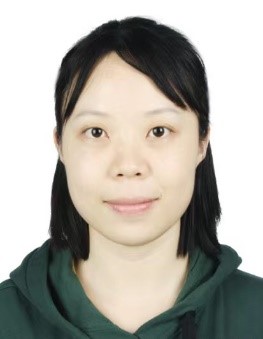New Insights in Radar Imaging
A special issue of Electronics (ISSN 2079-9292). This special issue belongs to the section "Microwave and Wireless Communications".
Deadline for manuscript submissions: 15 May 2024 | Viewed by 3126
Special Issue Editors
Interests: SAR/ISAR imaging; sparse radar imaging
Special Issues, Collections and Topics in MDPI journals
Interests: ISAR imaging; attributed scattering center; non-cooperative target recognition
Special Issues, Collections and Topics in MDPI journals
Special Issue Information
Dear Colleagues,
Imaging radars, including synthetic aperture radars (SARs) and inverse synthetic aperture radars (ISARs), are a class of significantly important remote sensors which can effectively work in all weather conditions, all day and over long distances. Currently, radar imaging can provide very high-resolution images and multi-dimensional measurements (such as multi-channel, multi-aspect, multi-frequency, multi-polarization, multi-temporal, etc.) in a short period of time. Furthermore, with the recent developments in system design, advanced signal processing and artificial intelligence theory, radar imaging technology has been demonstrating significant innovations with intelligent features. For example, machine learning and deep learning methods have been applied to radar imaging, yielding new paradigms (models, concepts and architecture designs) of intelligent radar systems and processing architectures. Meanwhile, information extraction and target interpretation using intelligent technology from multi-dimensional big data is also a very important issue.
In order to support the development of increasingly sophisticated and intelligent radar imaging technologies, this Special Issue focuses on the most recent radar imaging systems, efficient multi-dimensional radar imaging strategies, the most recent radar imaging theories based on intelligent technology, and their innovative applications in a variety of fields. It primarily entails the investigation of the most recent radar imaging mechanisms and imaging theories, as well as the detection, classification and recognition of targets of interest in radar images, and the capture and mining of image target information.
Dr. Gang Xu
Dr. Jia Duan
Guest Editors
Manuscript Submission Information
Manuscripts should be submitted online at www.mdpi.com by registering and logging in to this website. Once you are registered, click here to go to the submission form. Manuscripts can be submitted until the deadline. All submissions that pass pre-check are peer-reviewed. Accepted papers will be published continuously in the journal (as soon as accepted) and will be listed together on the special issue website. Research articles, review articles as well as short communications are invited. For planned papers, a title and short abstract (about 100 words) can be sent to the Editorial Office for announcement on this website.
Submitted manuscripts should not have been published previously, nor be under consideration for publication elsewhere (except conference proceedings papers). All manuscripts are thoroughly refereed through a single-blind peer-review process. A guide for authors and other relevant information for submission of manuscripts is available on the Instructions for Authors page. Electronics is an international peer-reviewed open access semimonthly journal published by MDPI.
Please visit the Instructions for Authors page before submitting a manuscript. The Article Processing Charge (APC) for publication in this open access journal is 2400 CHF (Swiss Francs). Submitted papers should be well formatted and use good English. Authors may use MDPI's English editing service prior to publication or during author revisions.
Keywords
- advanced and intelligent imaging radar system design
- multi-mode radar imaging theory and architecture
- multi-frequency (microwave, mmw-wave, THz) radar imaging theory and architecture
- multi-dimensional radar imaging theory and architecture
- machine learning and deep-learning-based radar imaging
- three-dimensional SAR/ISAR imaging and parameter inversion
- sparse imaging technology of SAR, ISAR and TomoSAR
- radar image enhancement and feature extraction
- radar image target recognition and surface classification






